The rapid development of artificial intelligence (AI) is bringing many benefits to humans. However, this also brings risks, including the problem of fake news.
False information like the devastating earthquake in the Pacific Northwest created by an AI image generator is a case in point.
Therefore, we need to be vigilant about information and content spread on social networks. The following methods can help you identify photos created by AI.
Zoom in and take a closer look
The first tip is to look closely at the photo and find the highest resolution possible and then zoom in on the details. Zooming in on the image will reveal inconsistencies and errors that may not be visible at first glance.
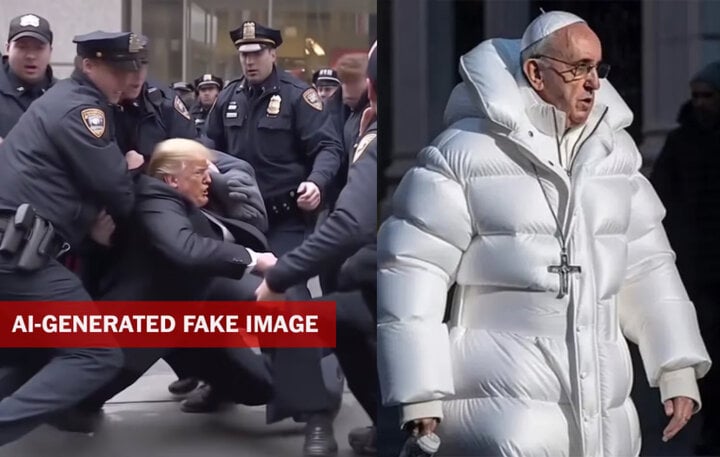
Fake photos of former President Donald Trump arrested (left) and Pope Francis wearing a white coat created by AI Midjourney.
Find the image source
If you're not sure if an image is real or AI-generated, try looking for its source. Upload the image to tools like Google Image Reverse Search, TinEye, or Yandex and you might be able to find the original source.
The results of these searches may also link to reputable media outlets that provide additional context.
Pay attention to body proportions
It's not uncommon for AI-generated images to have differences in proportion. Hands might be too small, or fingers too long, or heads and legs might not match the rest of the body.
Hands are a major source of errors in AI image programs. People in photos often have six fingers, or four.
Other common errors include people with too many teeth or oddly deformed glasses or unrealistically shaped ears. Reflective surfaces, such as helmet visors, also pose problems for AI programs.
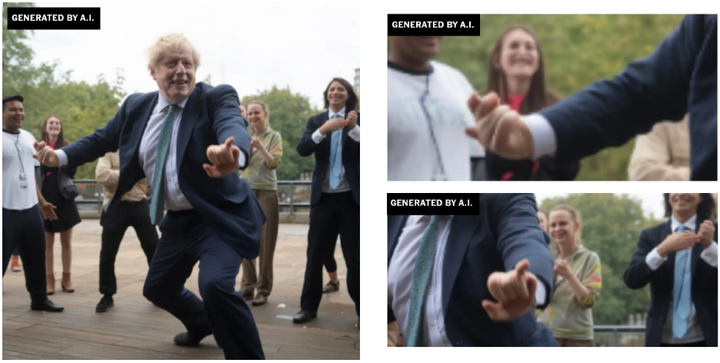
A hand error in an AI-generated photo of former British Prime Minister Boris Johnson dancing. (Photo: Eliot Higgins)
However, AI expert Henry Ajder warns that new versions of the Midjourney program are getting better at generating hands, meaning that this type of error will go undetected by users in the long run.
The image is too beautiful, too smooth
AI will often generate images that are too beautiful to be true. Follow your intuition: Are such images of perfect people real?
"The fake faces are too pure, the clothes are quite harmonious," Andreas Dengel of the German AI Research Center told DW.
The skin of people in AI images is often smooth and flawless, even their hair and teeth are perfect. This is usually not a real-life person.
Many photos have an artistic, glossy, sparkling quality that even professional photographers find difficult to achieve when shooting in the studio.
THANH TUNG (Synthesis)
Source



![[Photo] Closing ceremony of the 18th Congress of Hanoi Party Committee](https://vphoto.vietnam.vn/thumb/1200x675/vietnam/resource/IMAGE/2025/10/17/1760704850107_ndo_br_1-jpg.webp)
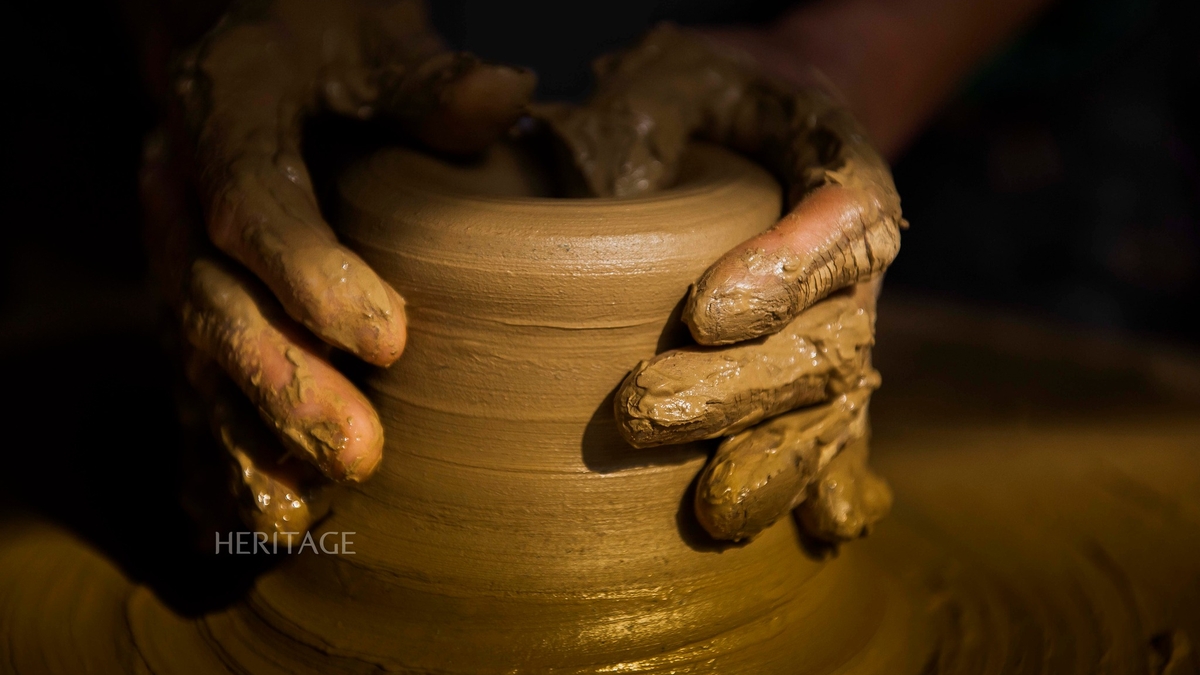
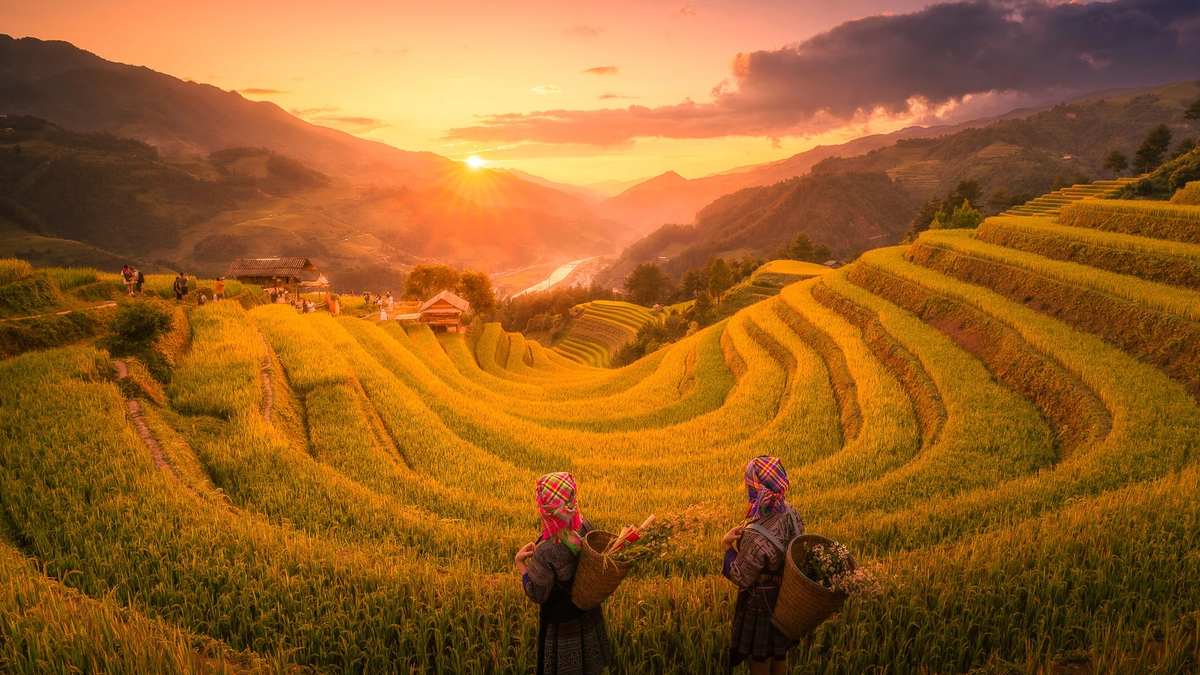
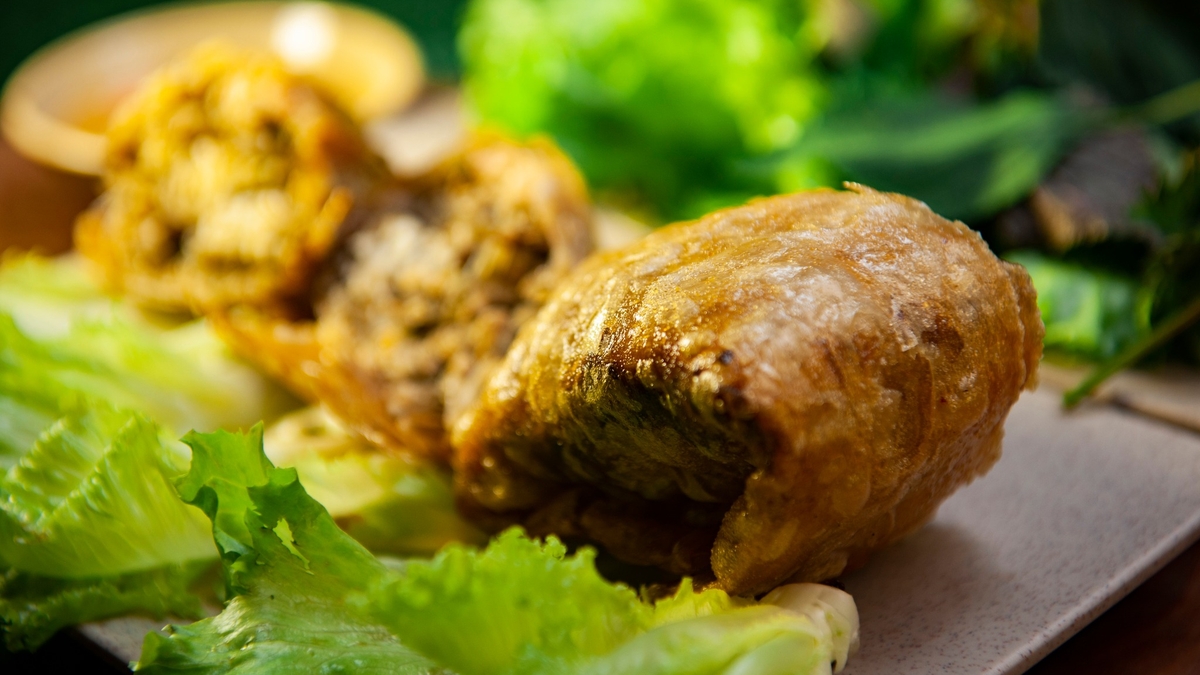
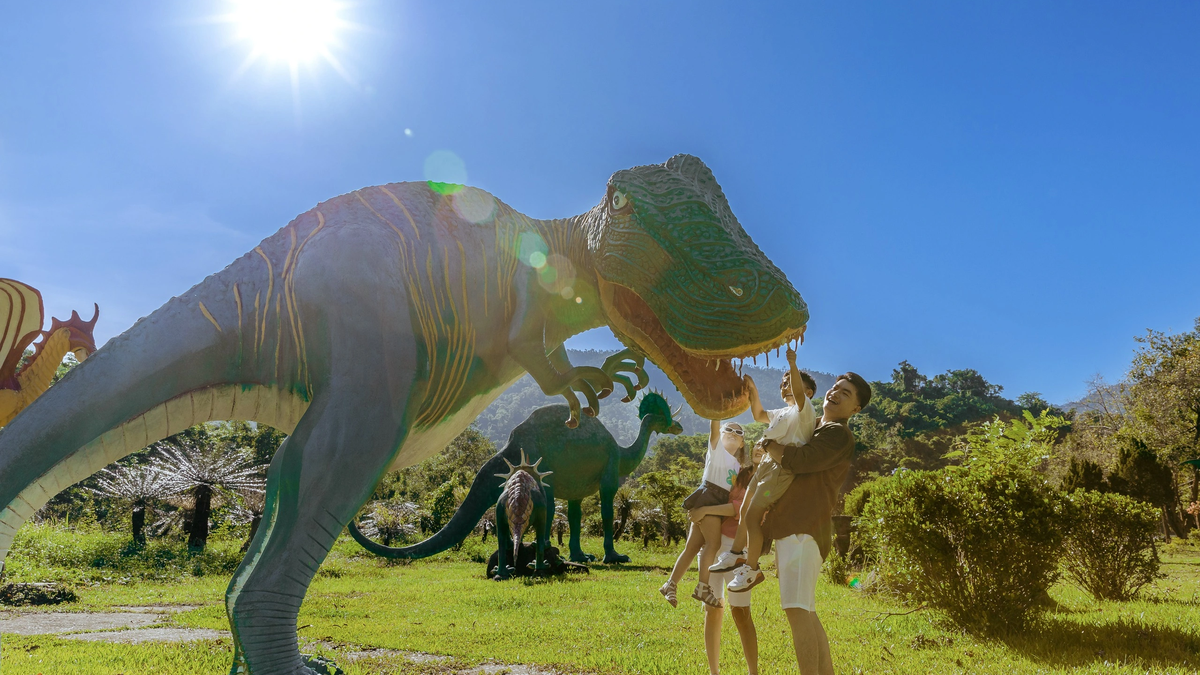
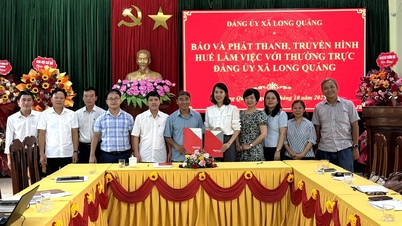



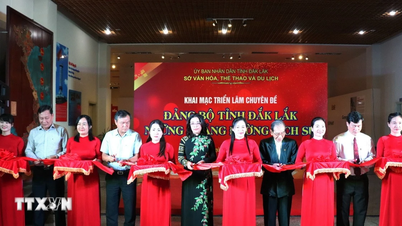






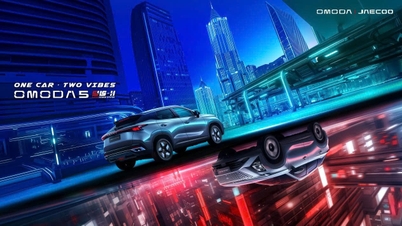

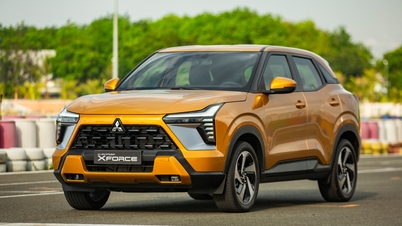






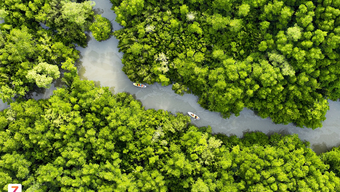

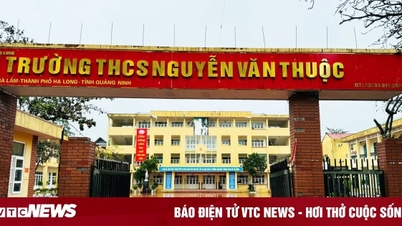


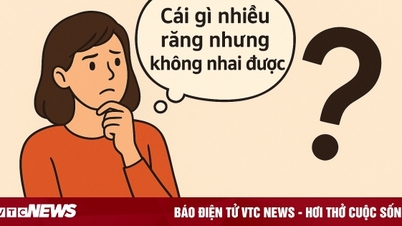
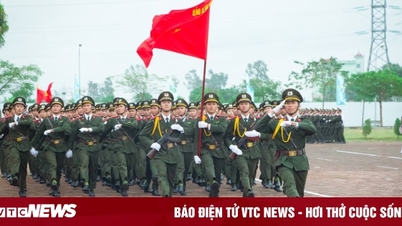
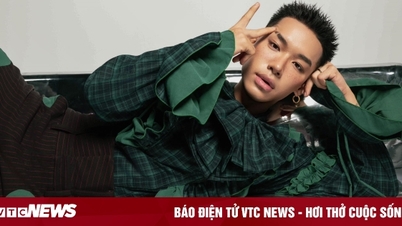
![[Photo] Nhan Dan Newspaper launches “Fatherland in the Heart: The Concert Film”](https://vphoto.vietnam.vn/thumb/1200x675/vietnam/resource/IMAGE/2025/10/16/1760622132545_thiet-ke-chua-co-ten-36-png.webp)
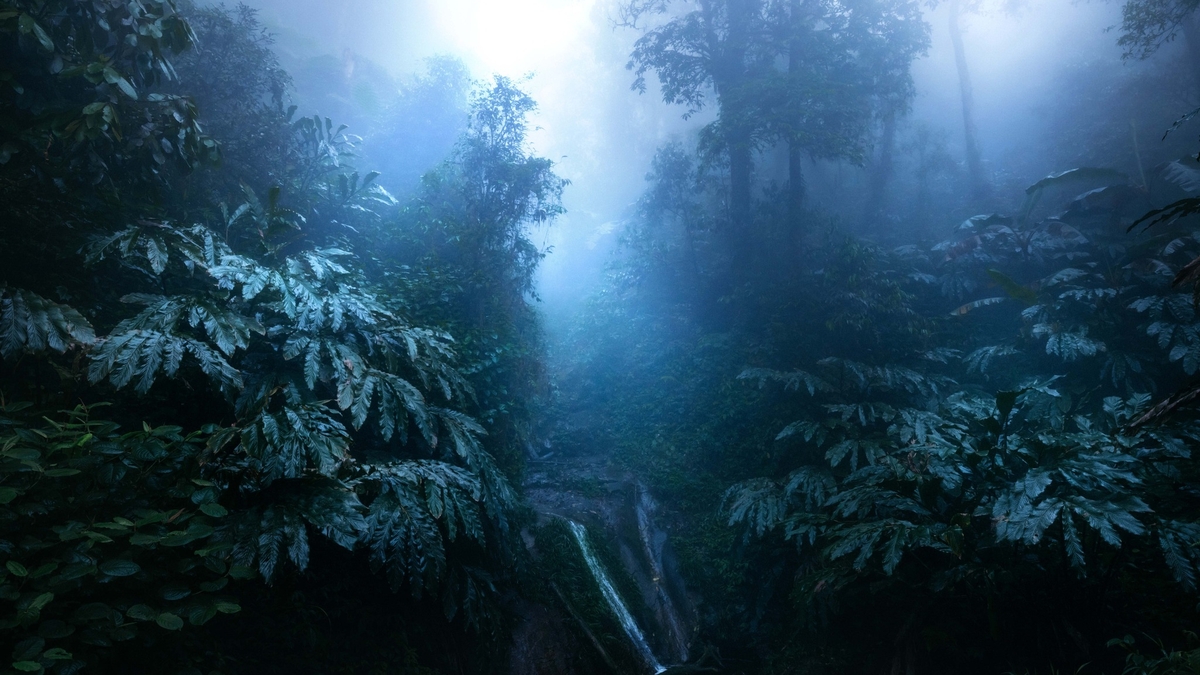
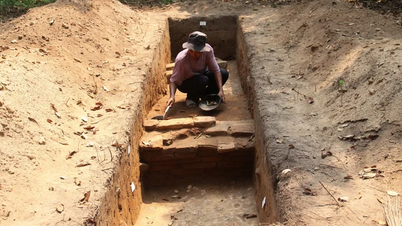
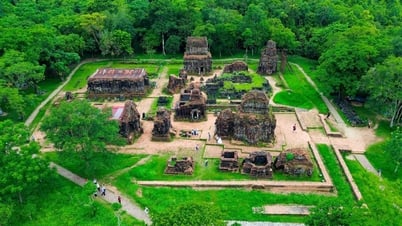

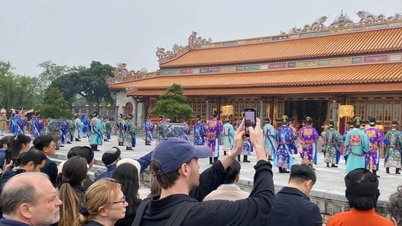


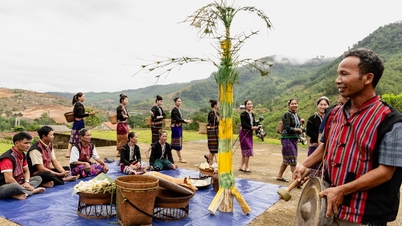







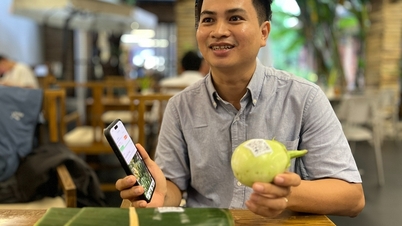




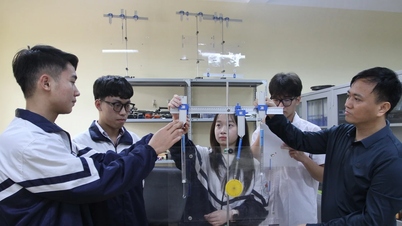

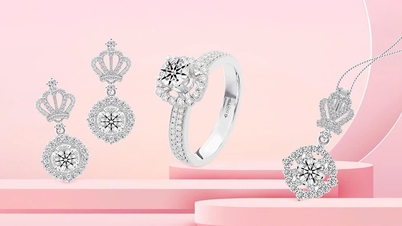

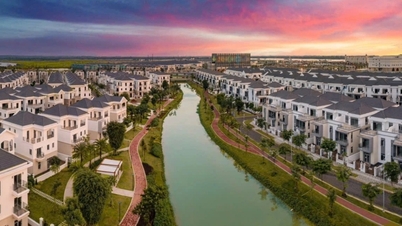

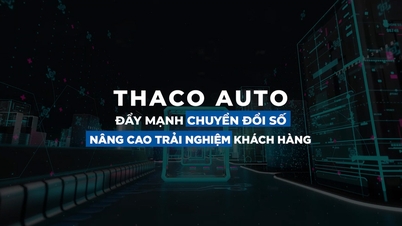

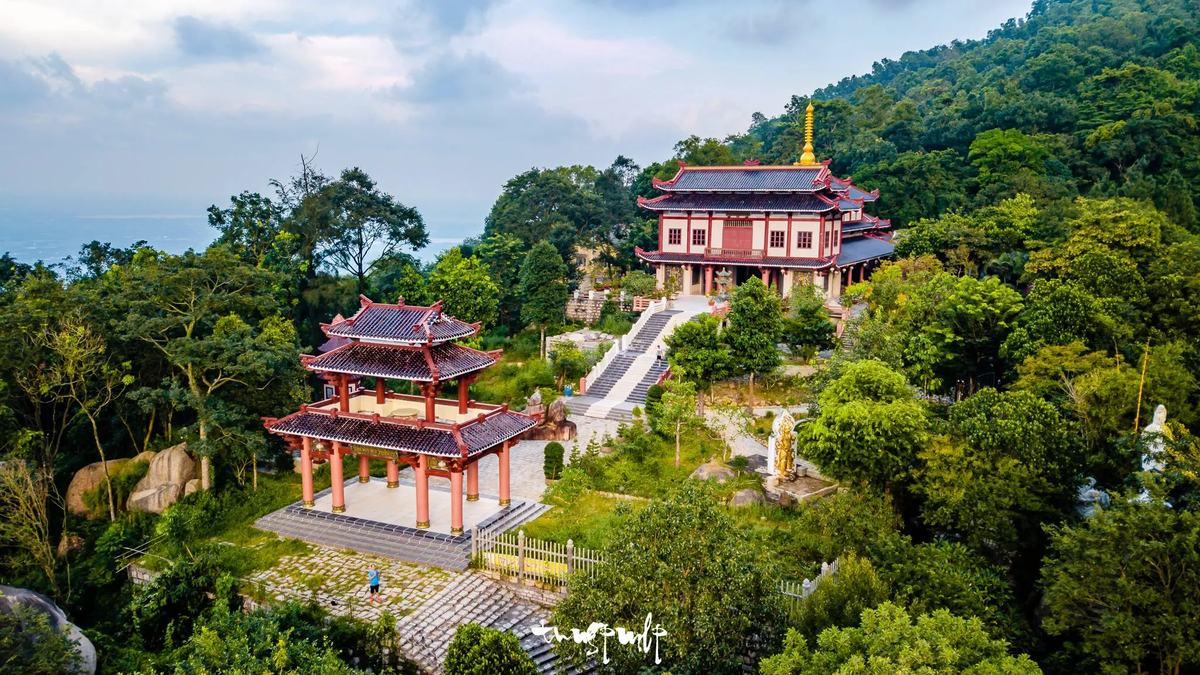
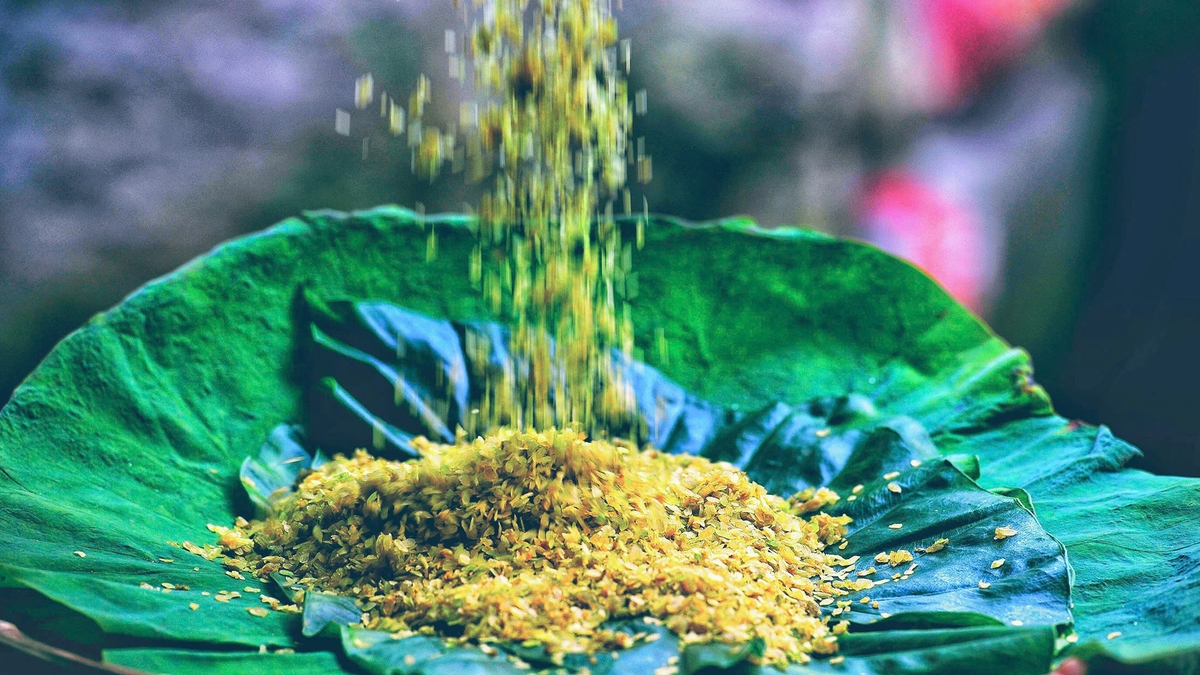
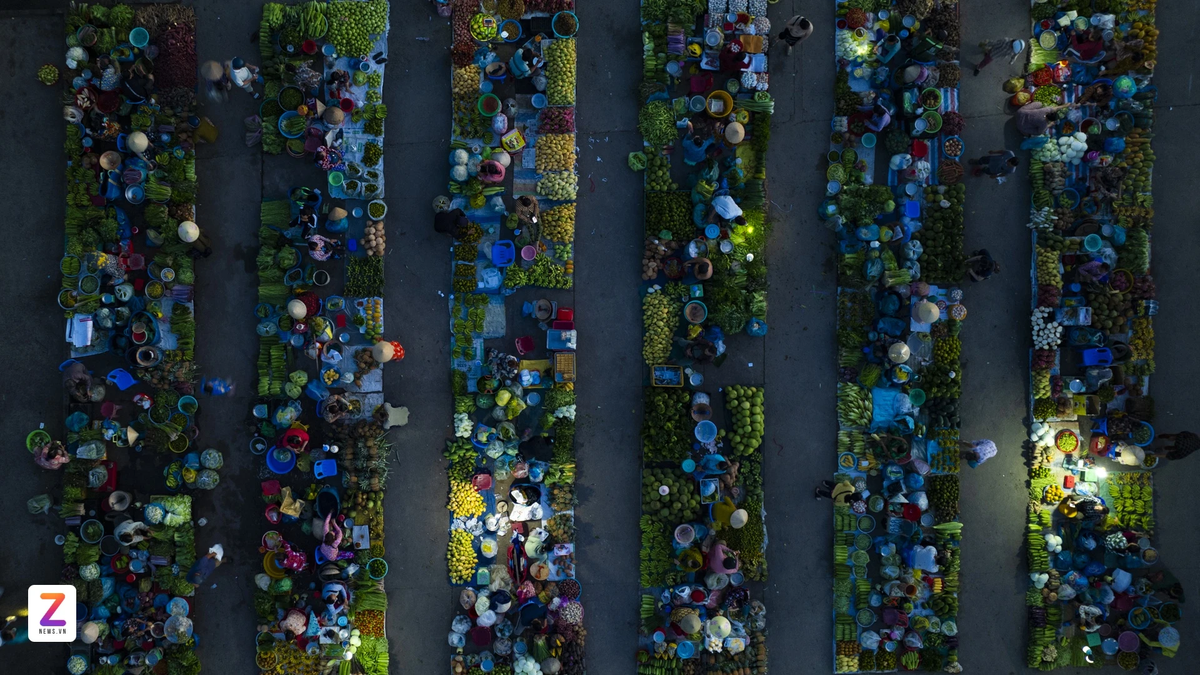
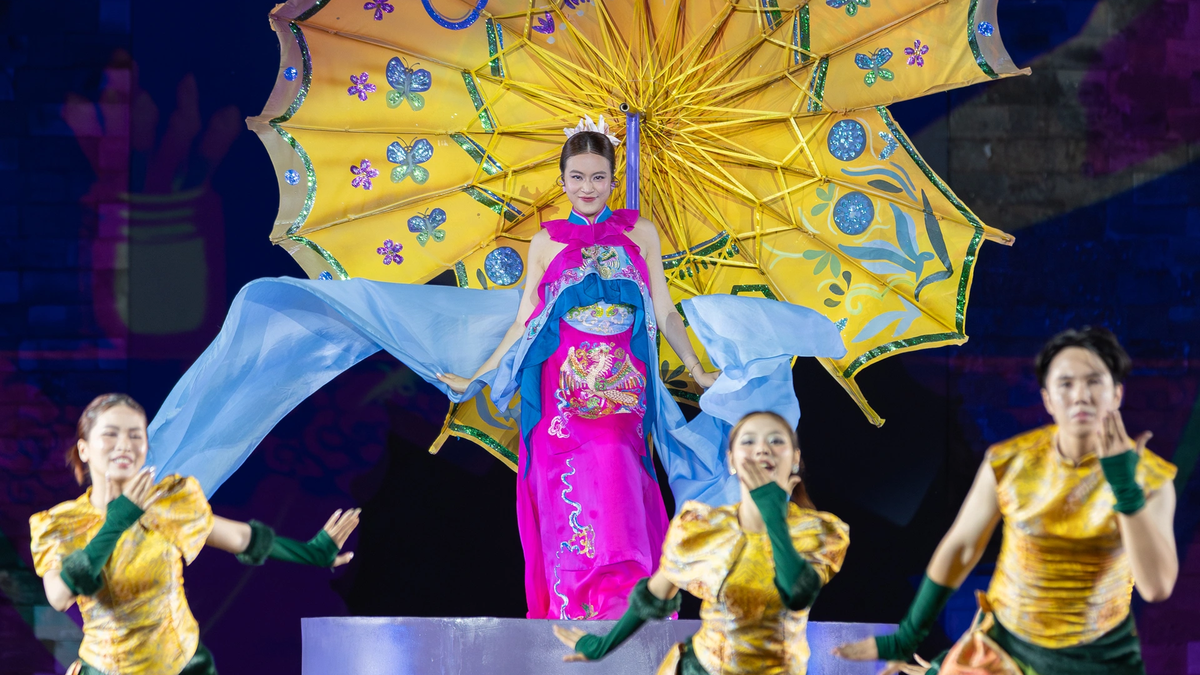



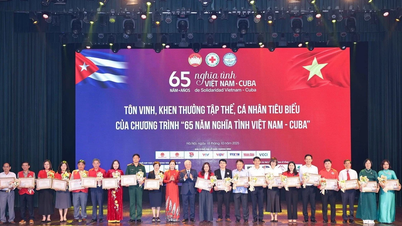
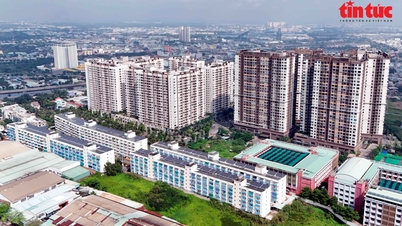
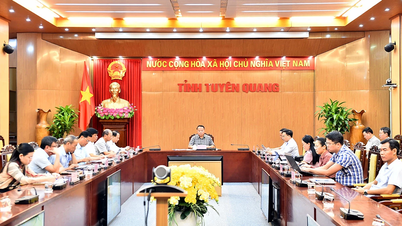

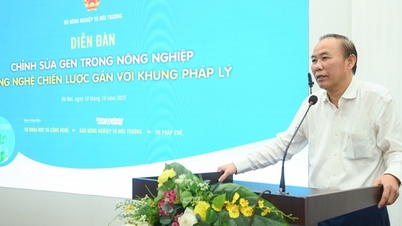





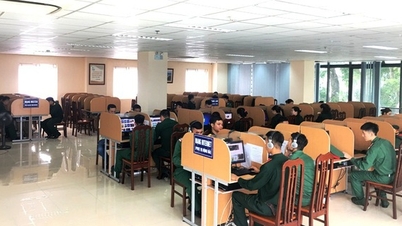

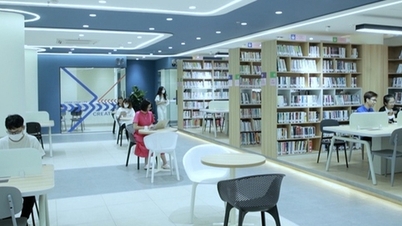
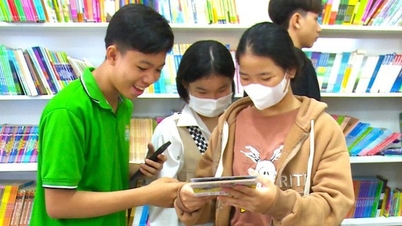

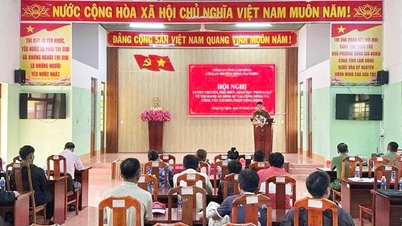

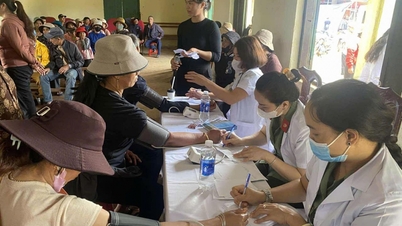

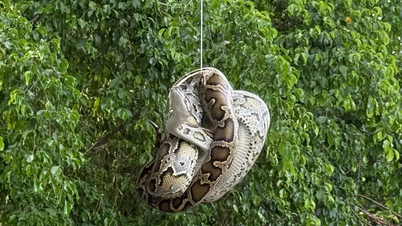


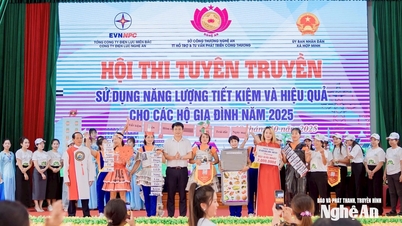



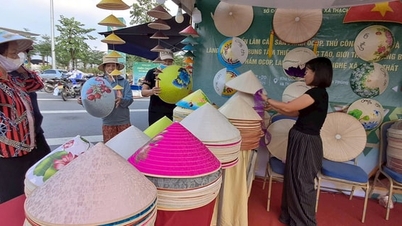

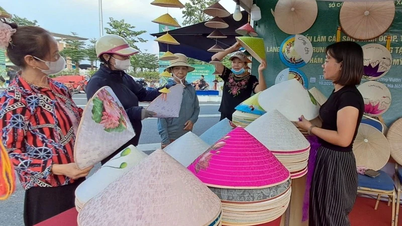

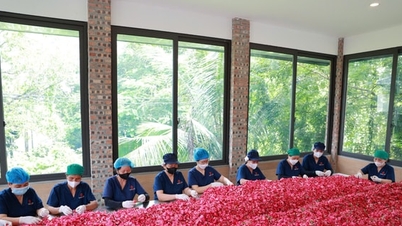


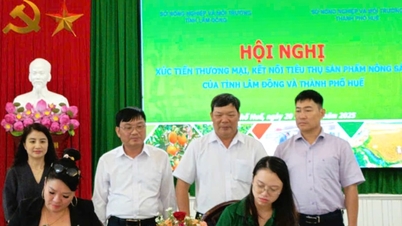
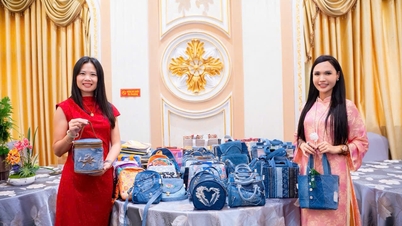


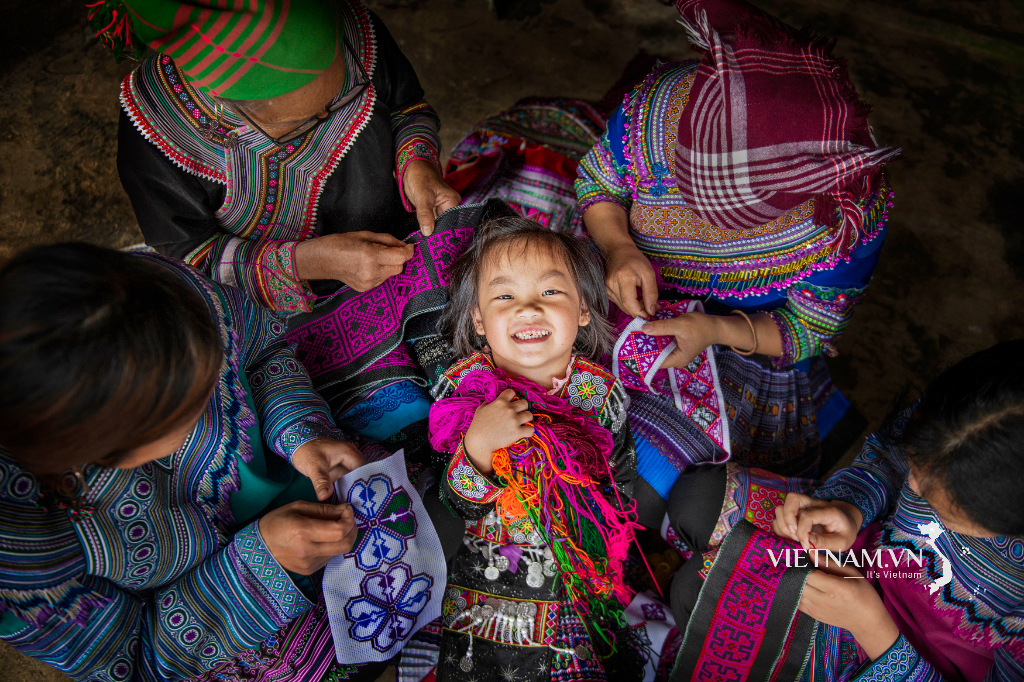
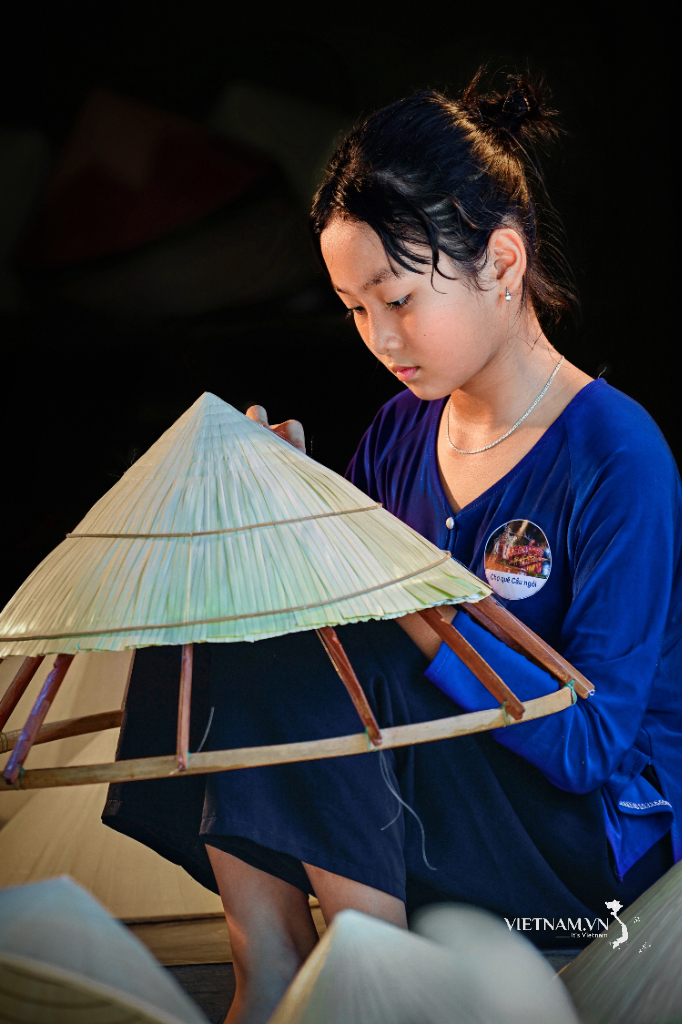


Comment (0)